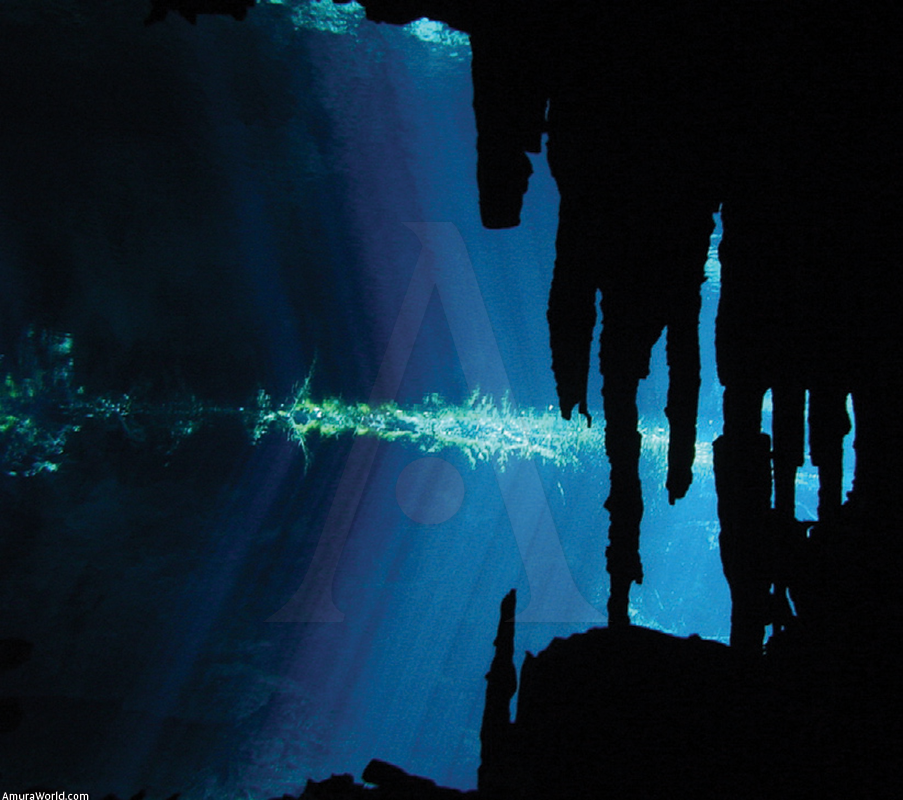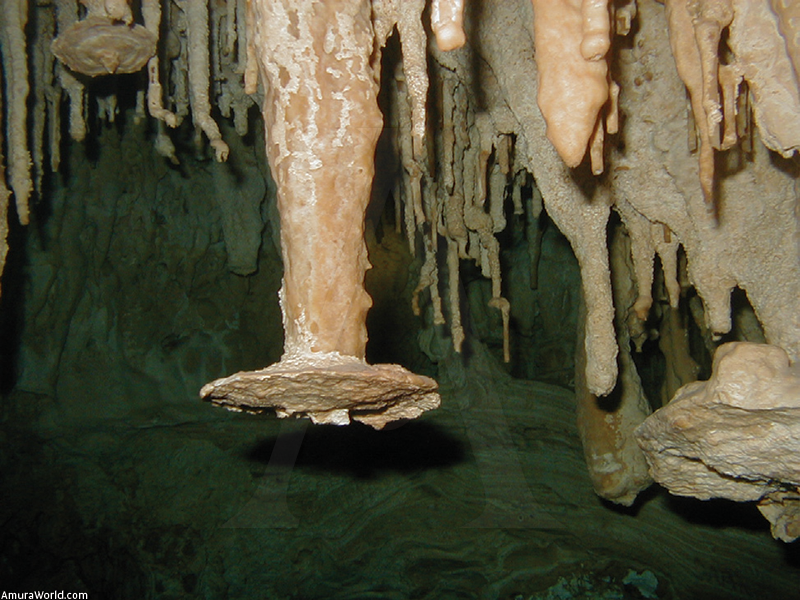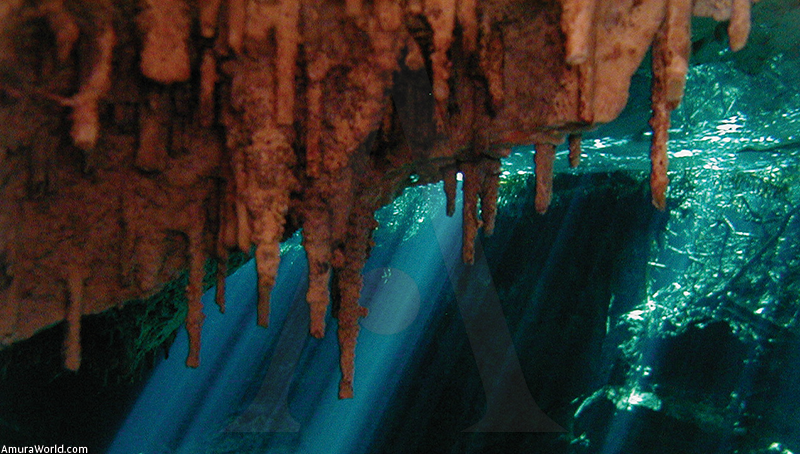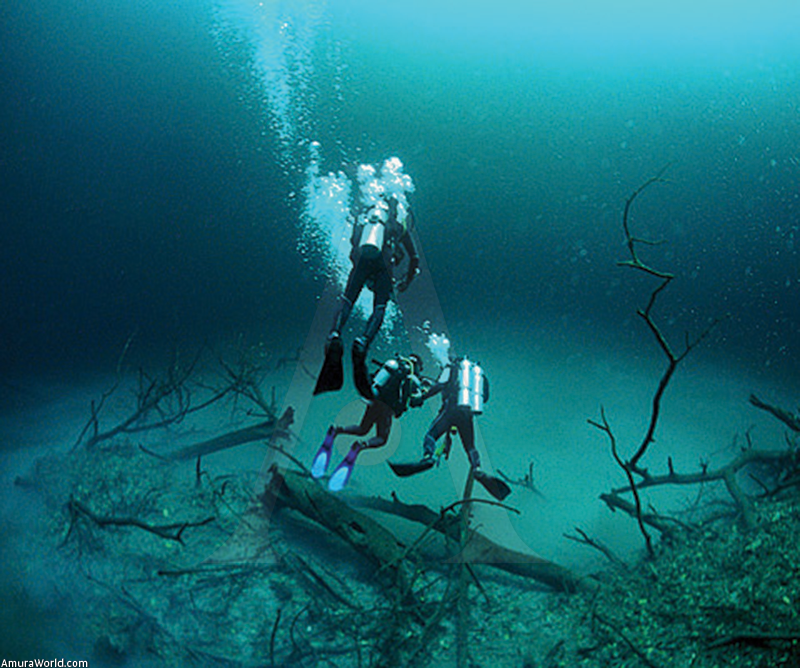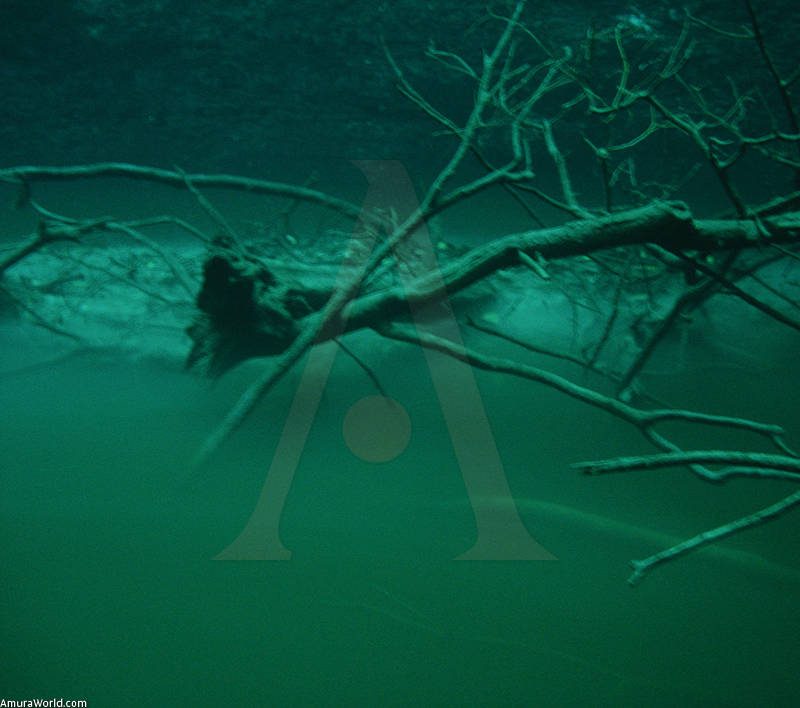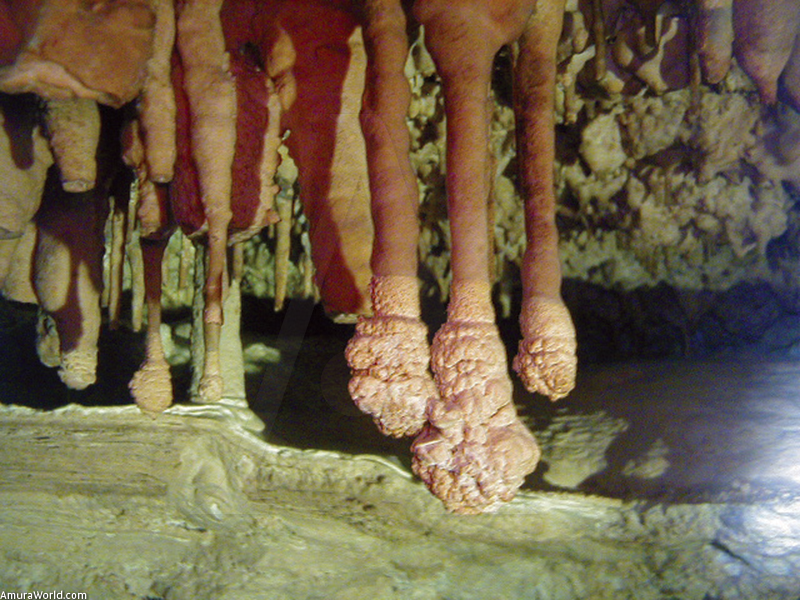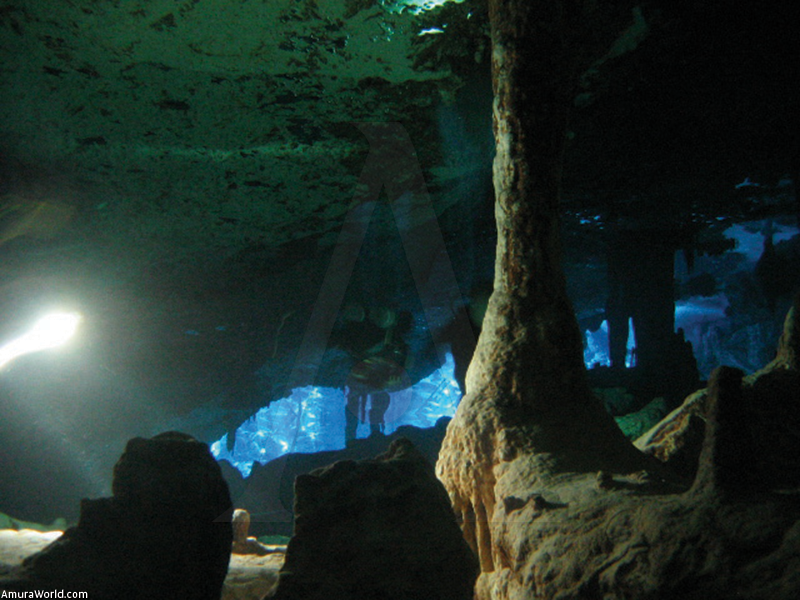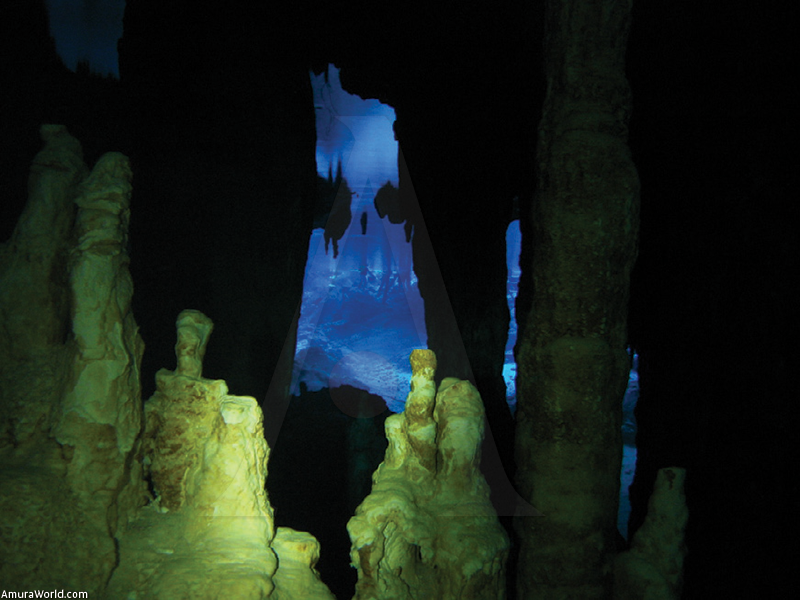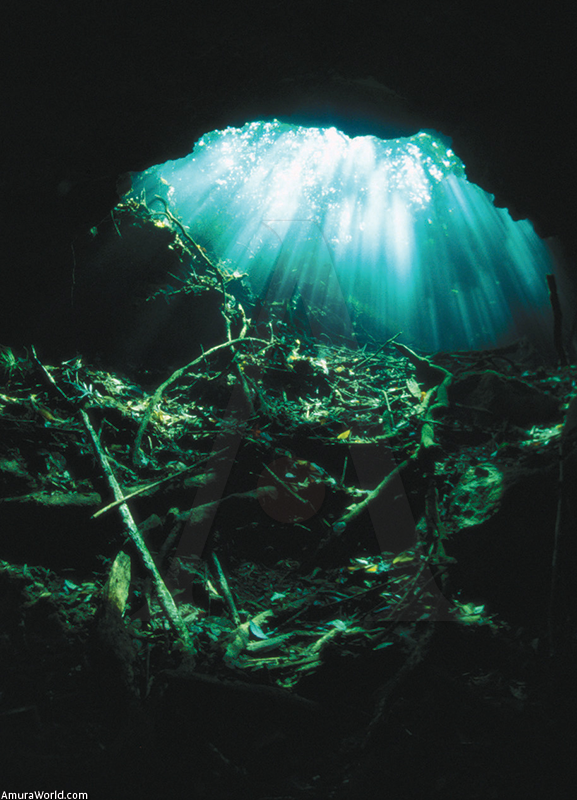Even though the exploration of Yucatan’s caves and cenotes (sinkholes) dates back to the last century, it wasn’t until recently that this activity could be done efficiently. This new development is the result of the invention of sophisticated diving equipment that allows divers to spend longer periods under water.
Some 20 years ago, cave diving, previously an unknown, mysterious activity, became a lucrative, highly specialized activity of the diving world.
Diving in sinkholes is very technical, so experience, training, education and the right equipment are a must for this adventure. When any of the aforementioned elements is missing the sport becomes extremely dangerous.
The word “cenote” comes from the Maya dzonot, which means “sacred hole”. They are subterranean rivers that emerge as small lakes or springs in some places on the Yucatán Peninsula. The ancient Maya utilized them in their everyday life as all their settlements were established near these bodies of water.
They used them as sources of water as well as for ceremonial purposes. They also threw their sick and dead into the cenotes because our ancestors believed that they were doors to the underworld. There are several kinds of sinkholes. The most common in Mérida are the “vertical” ones which can reach depths of over 100 meters (328 feet). “Horizontal” sinkholes are more frequent in Quintana Roo and have a maximum depth of 15 meters (50 feet). Others, known as “chultún”, are man-made holes used as water deposits, very handy during the dry season.
Exploring the Doors of the Underworld
I began exploring these underground caves with my great friend and diving teacher, Parker Turner. My first immersion was in a cenote near Tulum known as “Car Wash”, which looks more like a small lagoon.
Diving into the cenote you see petrified trees, leaves gliding softly down from the surface and the sun’s rays penetrating the water. But the true thrill starts when you enter this underworld of shadows seen by only a few.
You can cross kilometers of areas that are totally unexplored and discover amazing rock formations whose shapes and sizes challenge the imagination. Some of them are stalactites and stalagmites formed by drops of water, enriched with calcium bicarbonate, that penetrate the cavities, drip by drip, forming these majestic columns.
The majority of Quintana Roo’s sinkholes are located on the highway from Playa del Carmen to Carrillo Puerto. In fact, four of the world’s five biggest cave systems are here.
The “last frontier”
The Dos Ojos and Nohoch Nah Chich systems are the better known, as more than 200,000 feet of their underwater tunnels have been explored by brave divers like Mike Madden and Steve Gerard.
The world’s biggest stalactite, 40 feet high, is in the sinkhole known as Chac Mol. We divers know it as Xix-Ha Tunich. To see it, you must go through the Cauac-Nah gallery. Another huge stalactite, 22 feet high, is in the Templo de Doom (Doom Temple).
Inside the Jaguar sinkhole is a strange mix of freshwater, from the sinkhole, and saltwater that comes from the Caribbean. When these two combine, they produce a halocline, a rare occurrence that is well worth the experience.
There is no doubt that one of my favorites is Angelita because I like deep diving and because the tannic acid it contains gives a special texture to the water and makes it seem mystical.
Each day, more and more cenotes are discovered. They await those intrepid adventurers eager to be the first to cross what we know as “the last frontier”.
Text: Alberto Friscione Carrascosa ± Photo: Felipe "Vikingo" Gutiérrez

